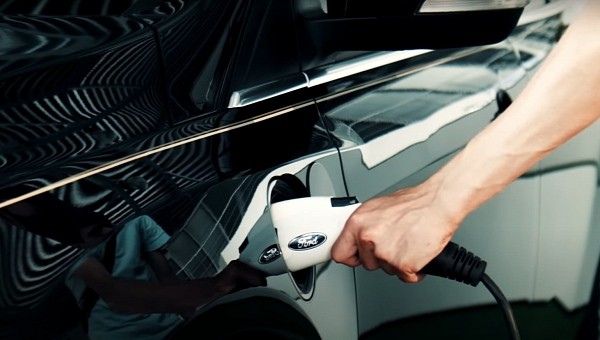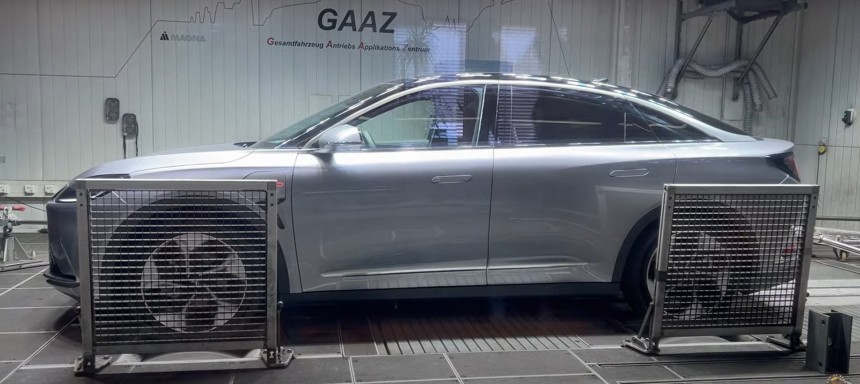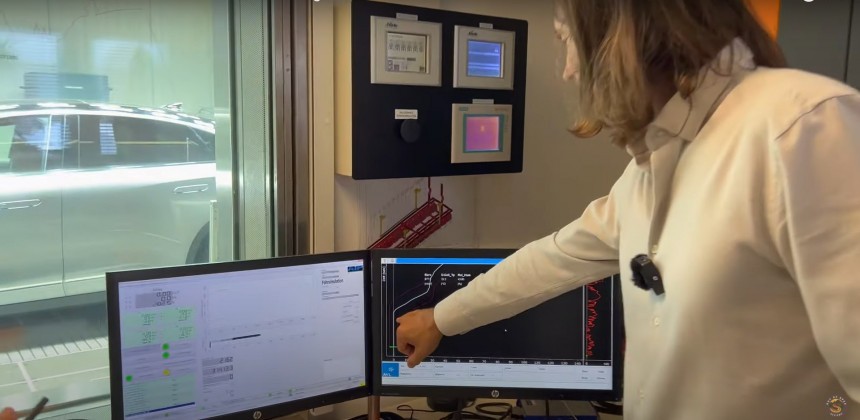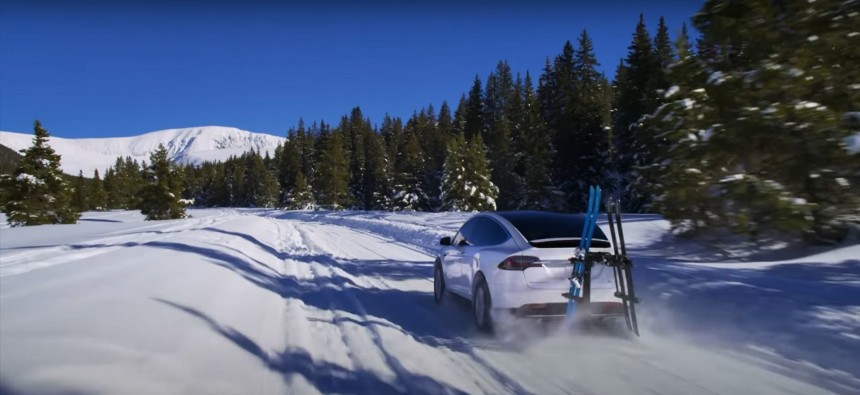If you are an electric vehicle owner or thinking about becoming one, you undoubtedly have experienced a bit of anxiety about electric vehicles in general. The good news is that the industry has coined two terms that adequately describe those feelings without the need for a detailed explanation.
The first being 'range anxiety', defined as the fear that an electric vehicle will not have enough battery charge to reach its destination, leaving the occupants stranded. By way of comparison, it would be like driving a gas-powered car with a broken fuel gauge in the middle of nowhere with no gas station in sight.
Secondly, there is 'charge anxiety', feelings of uncertainty or negativity about reaching a charging station. A similar feeling would occur while driving a gas-powered car in the middle of nowhere with the 'empty' red light illuminated on the gas gauge with no filling station in sight.
Both have been to blame for consumers turning away from buying an electric vehicle and maybe for very good reason. The industry as a whole has made it somewhat confusing about the actual range of an electric vehicle and it has its own reasons for the 'range' of the range of an EV.
Factors such as driving habits, traffic conditions, the terrain, and the weather all play a role in how much range you could eke out of any EV. If you have a lead foot or are stuck in stop-and-go traffic, your range would be negatively affected. Likewise, if you are driving in mountainous terrain, the drain on your battery on ascensions would be greater than on flat byways. Additionally, in cold weather conditions, an EV battery will not perform as well when compared to warmer weather driving and any cabin heater would further drain the energy from the battery.
In an effort to make matters a little clearer, EV makers rely on one of three testing standards that when compared to one another, are significantly different. As a result, it is difficult to compare models that use a different testing method than you could imagine; or isn't it?
The three methods with their industry-standard acronyms are: the New European Driving Cycle (NEDC), the Worldwide Harmonised Light Vehicle Test Procedure (WLTP), and the Environmental Protection Agency (EPA) test.
The NEDC and WLTP were established for the European market, while the EPA uses different tests to establish the closest real-world approximations for American drivers. The NEDC testing protocol is often thought to be the least accurate of the three.
There is a new fourth standard that was established for the Chinese market called the Chinese Light-Vehicle Test Cycle (CLTC) that is considered the China equivalent of the WLTP test but, on the other hand, is thought to be as generous in its results as the NEDC.
The WLTP came to be in the wake of the Volkswagen diesel scandal in 2015 and, in September 2018, it completely supplanted the NEDC that was developed in the 1990s. It is used by European and Japanese manufacturers. The WLTP utilizes more realistic test conditions, including longer driving cycles, and real-world factors, and measures energy consumption in a wider range of speeds. As a result, the WLTP records up to 20% more consumption than the NEDC used to.
However, the WLPT performs testing under controlled temperature conditions and does not account for a battery loss of performance in colder temps. Including a cold temperature test in its protocol would elevate the accuracy of WLTP test results.
The EPA utilizes a Multi-Cycle City/Highway Test Procedure that includes running EVs on dynamometers through a variety of test cycles. The range estimation process on a dynamometer begins after the vehicle has been fully charged and parked overnight.
The vehicle is put through numerous urban and highway driving cycles until the battery is completely drained. The agency will rate the range at 70% of the preliminary range numbers from the tests.
The EPA testing, when compared to the WLTP, is less generous by approximately 11%, meaning that a vehicle with a 100-km (or mile) range under WLTP testing would have an estimated EPA range of 89 km (or miles).
The EPA testing is regarded as the most accurate when it comes to what a driver could expect from his or her EV, while the WLTP places second in real-world estimations. Actual real-world driving tests have revealed that the CLTC and NEDC results are not close to reality.
The CLTC testing involves running an EV in three phases of driving: slow, medium, and fast, for 30 minutes over a distance of 14.5 km (9 miles) to determine a vehicle's range. The test cycle involves more starts and stops, longer idling times, and lower overall testing speed that may prove to be more generous than the WLTP results.
In summation, a prospective EV buyer could safely take the percentage difference between the testing procedures to make a decision when comparing range to alleviate or at least postpone the onset of the anxieties attributed to EVs. For example, since the EPA range testing has proven to be more accurate and one is looking at a WLTP-tested vehicle, simply take 11% off of the WLTP range estimate, and there you go.
At first glance, consumers would have to wonder why there is no across-the-board industry standard for estimating driving range. But in drilling down, it makes sense why one is non-existent; the industry is big and is spread out throughout the globe, making it a perpetual nightmare to test all vehicles under one protocol.
Secondly, there is 'charge anxiety', feelings of uncertainty or negativity about reaching a charging station. A similar feeling would occur while driving a gas-powered car in the middle of nowhere with the 'empty' red light illuminated on the gas gauge with no filling station in sight.
Both have been to blame for consumers turning away from buying an electric vehicle and maybe for very good reason. The industry as a whole has made it somewhat confusing about the actual range of an electric vehicle and it has its own reasons for the 'range' of the range of an EV.
Factors such as driving habits, traffic conditions, the terrain, and the weather all play a role in how much range you could eke out of any EV. If you have a lead foot or are stuck in stop-and-go traffic, your range would be negatively affected. Likewise, if you are driving in mountainous terrain, the drain on your battery on ascensions would be greater than on flat byways. Additionally, in cold weather conditions, an EV battery will not perform as well when compared to warmer weather driving and any cabin heater would further drain the energy from the battery.
The three methods with their industry-standard acronyms are: the New European Driving Cycle (NEDC), the Worldwide Harmonised Light Vehicle Test Procedure (WLTP), and the Environmental Protection Agency (EPA) test.
The NEDC and WLTP were established for the European market, while the EPA uses different tests to establish the closest real-world approximations for American drivers. The NEDC testing protocol is often thought to be the least accurate of the three.
There is a new fourth standard that was established for the Chinese market called the Chinese Light-Vehicle Test Cycle (CLTC) that is considered the China equivalent of the WLTP test but, on the other hand, is thought to be as generous in its results as the NEDC.
However, the WLPT performs testing under controlled temperature conditions and does not account for a battery loss of performance in colder temps. Including a cold temperature test in its protocol would elevate the accuracy of WLTP test results.
The EPA utilizes a Multi-Cycle City/Highway Test Procedure that includes running EVs on dynamometers through a variety of test cycles. The range estimation process on a dynamometer begins after the vehicle has been fully charged and parked overnight.
The vehicle is put through numerous urban and highway driving cycles until the battery is completely drained. The agency will rate the range at 70% of the preliminary range numbers from the tests.
The EPA testing, when compared to the WLTP, is less generous by approximately 11%, meaning that a vehicle with a 100-km (or mile) range under WLTP testing would have an estimated EPA range of 89 km (or miles).
The CLTC testing involves running an EV in three phases of driving: slow, medium, and fast, for 30 minutes over a distance of 14.5 km (9 miles) to determine a vehicle's range. The test cycle involves more starts and stops, longer idling times, and lower overall testing speed that may prove to be more generous than the WLTP results.
In summation, a prospective EV buyer could safely take the percentage difference between the testing procedures to make a decision when comparing range to alleviate or at least postpone the onset of the anxieties attributed to EVs. For example, since the EPA range testing has proven to be more accurate and one is looking at a WLTP-tested vehicle, simply take 11% off of the WLTP range estimate, and there you go.
At first glance, consumers would have to wonder why there is no across-the-board industry standard for estimating driving range. But in drilling down, it makes sense why one is non-existent; the industry is big and is spread out throughout the globe, making it a perpetual nightmare to test all vehicles under one protocol.










